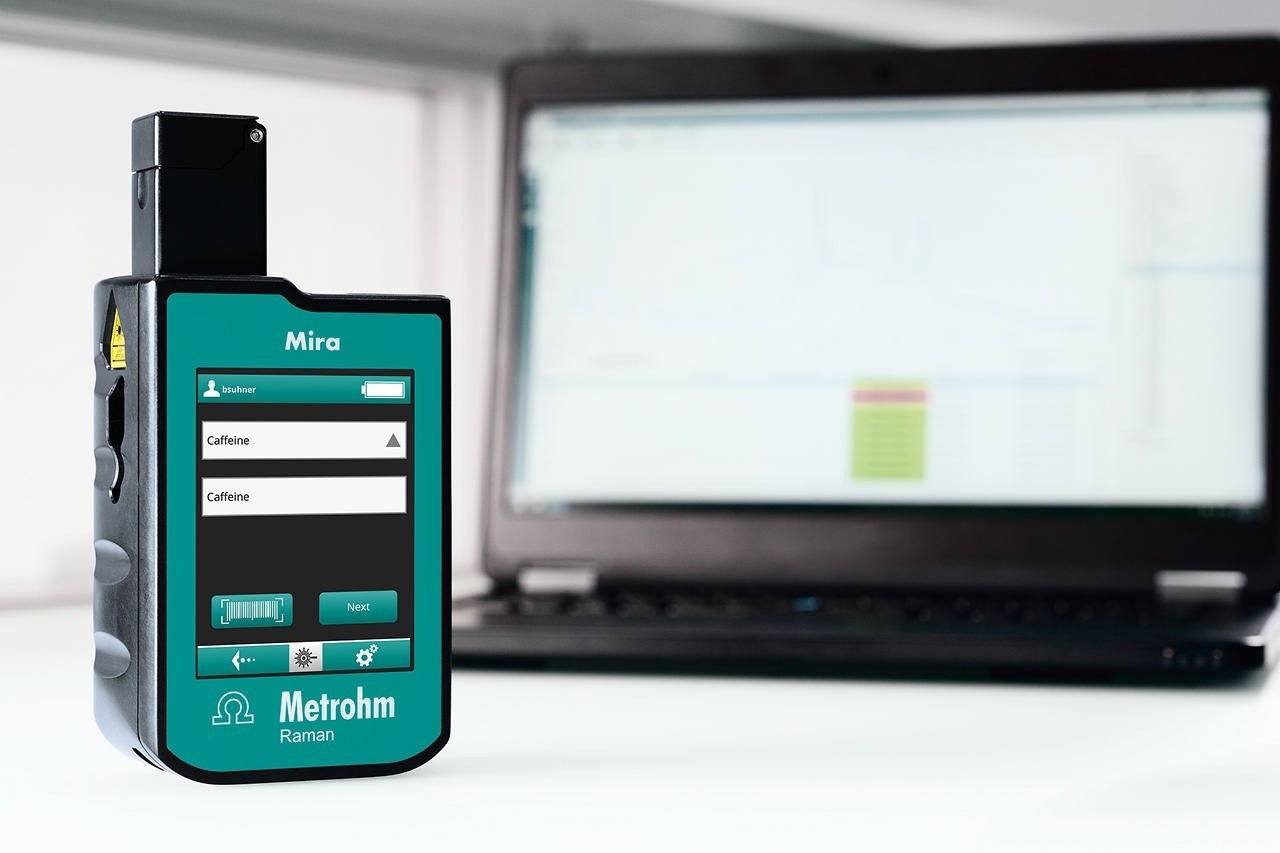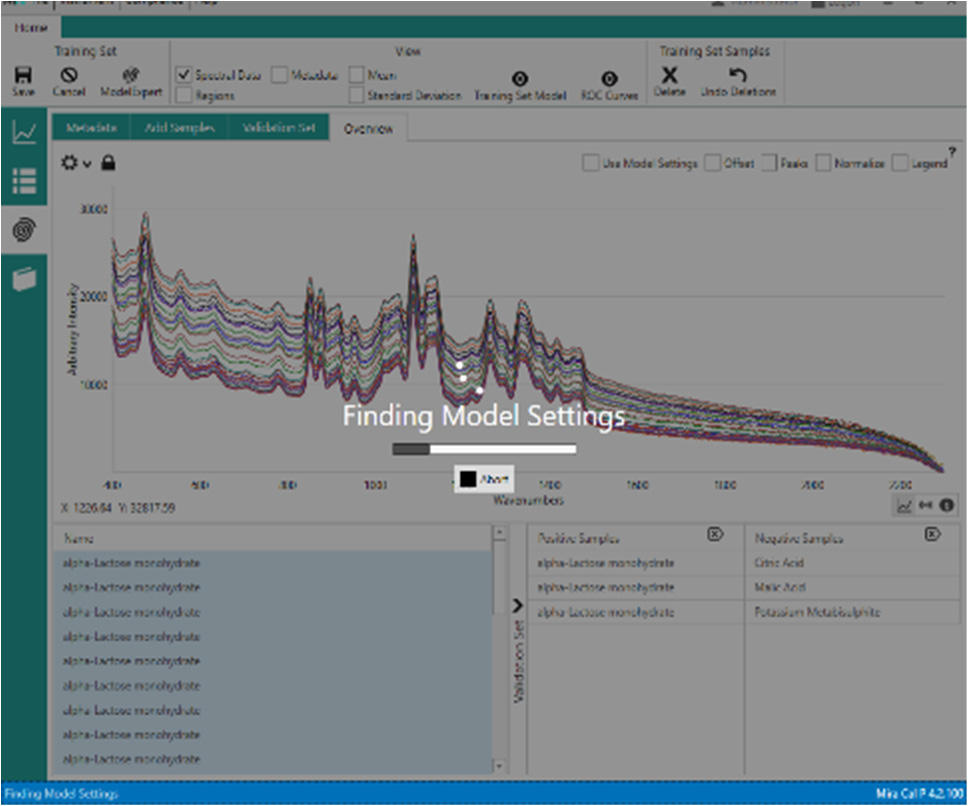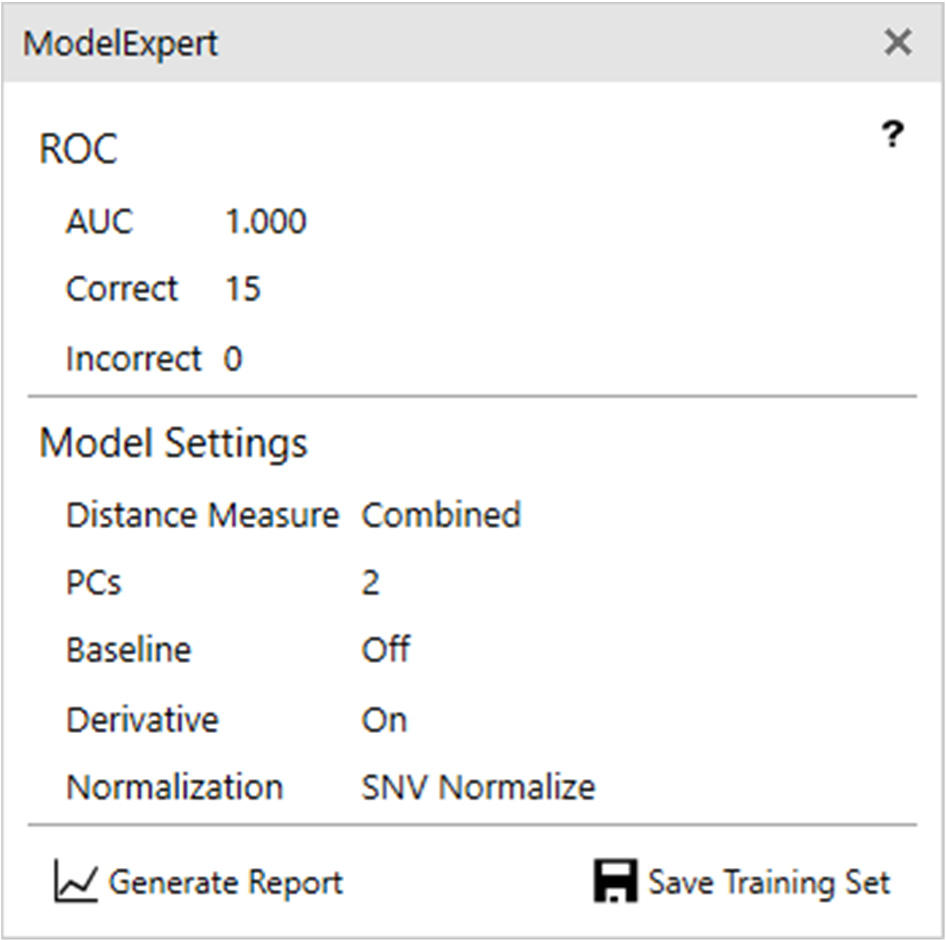Sponsored by Metrohm AGReviewed by Olivia FrostAug 22 2023
Material verification models employing intricate algorithms like Principal Component Analysis (PCA), featuring a vast parameter space and various preprocessing alternatives, can become exceedingly intricate.

Image Credit: Metrohm AG
Thorough construction, evaluation, and validation are imperative for each model before its implementation in regular operations. This can take several days, even from a highly skilled chemometrician.
Mira P streamlines material verification procedures. With a concise, well-defined user workflow, easily interpretable outcomes, and a foolproof design based on Operating Procedures, Mira P stands out as one of the most user-friendly RMID tools on the market.
ModelExpert, an element within Mira Cal P, performs tasks similarly to those of a chemometrician. ModelExpert autonomously pinpoints optimal model parameters for robust method development.
By gathering data for the Training Set and Validation Set, users can let ModelExpert fine-tune sample analyses. With the combined power of Mira P and ModelExpert, even non-technical users can attain better results in significantly less time.
Introduction
Integrated within Mira Cal P, ModelExpert functions to optimize model parameters using data from the Training Set and Validation Set, as supplied by the user. This routine systematically explores 192 permutations of statistical parameters, ensuring the application of optimal model configurations to customer samples.
Description
ModelExpert utilizes the capabilities of the receiver operating characteristic (ROC) curves in automating the determination of model parameters. These curves are fundamental when assessing Machine Learning models.
The approach of ROC involves ranking combinations based on the Area Under the Curve (AUC) score. The ModelExpert ranking includes not only a posteriori knowledge of superior-performing combinations but also penalizes combinations that yield False Positives/Negatives within the given confidence interval.
Method
To use the ModelExpert feature, the user first needs to create a new Training Set within Mira Cal P. ModelExpert is located in the vertical menu under Training Sets.
Upon selecting ModelExpert, the software automatically executes all conceivable model setting combinations (such as normalizations, baseline removal, and principal components) tailored to the provided data. This operation is accompanied by the display of 'Finding Model Settings' (Figure 1).

Figure 1. Mira Cal P screenshot during ModelExpert routine. Image Credit: Metrohm AG
Results
The outcomes from ModelExpert appear in a pop-up window (Figure 2). This window succinctly encapsulates the resultant ModelExpert configurations.
It is feasible to generate a PDF report, inclusive of more detailed insights regarding model settings, ROC curves, and validation samples complete with associated p-values. Upon opting for 'Save Training Set,' the finely-tuned model parameters are seamlessly applied to the connected Training and Validation Sets.

Figure 2. Popup window with ModelExpert Results. Image Credit: Metrohm AG
Conclusion
Overall, the ModelExpert function is a simple and transparent way to generate optimal parameters and sample data processing using customer data, all with a few simple clicks within Mira Cal P.
Metrohm Raman is unwavering in its commitment to furnish the most user-friendly, efficient, and precise utilization of Mira P for RMID.

This information has been sourced, reviewed and adapted from materials provided by B&W Tek.
For more information on this source, please visit B&W Tek.